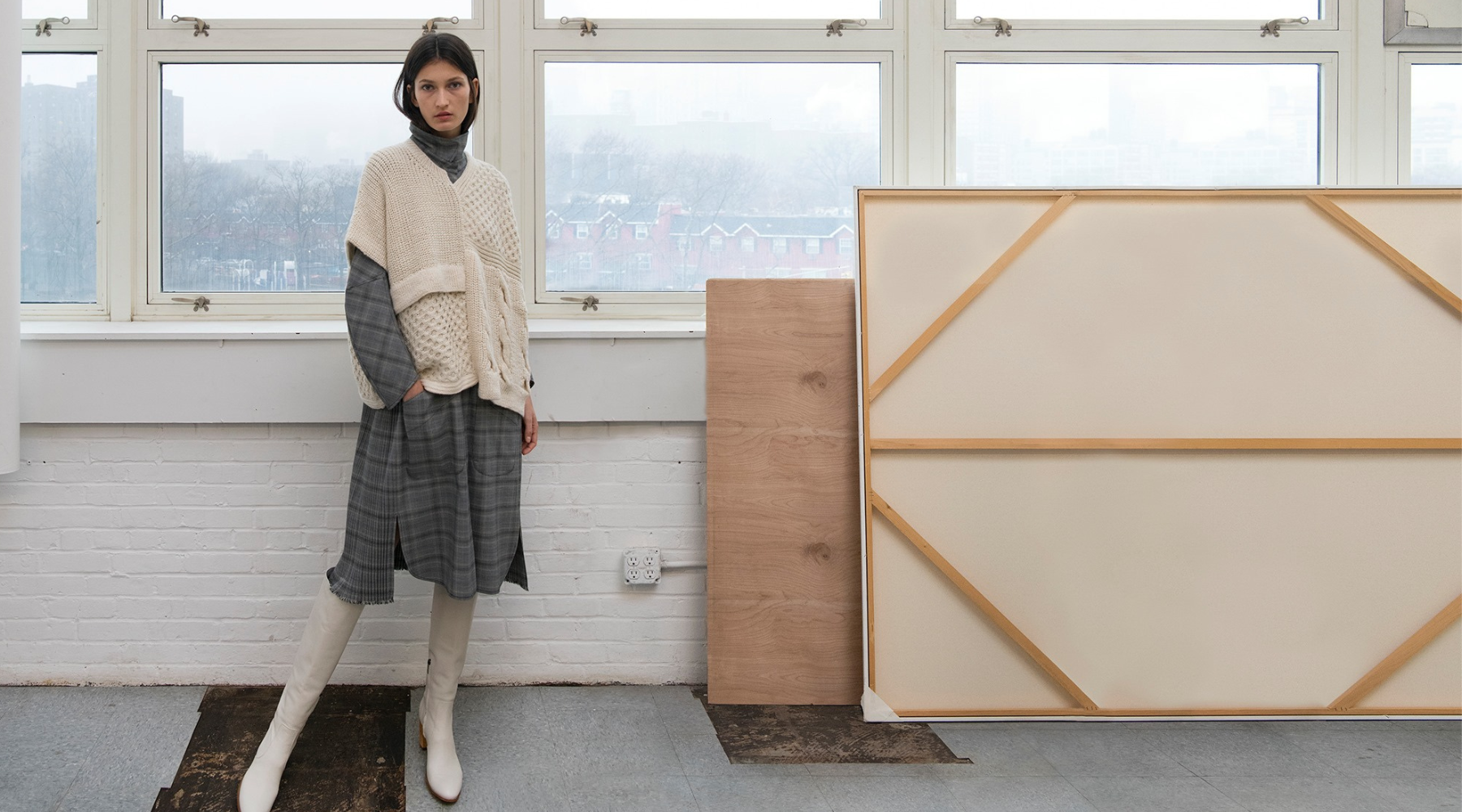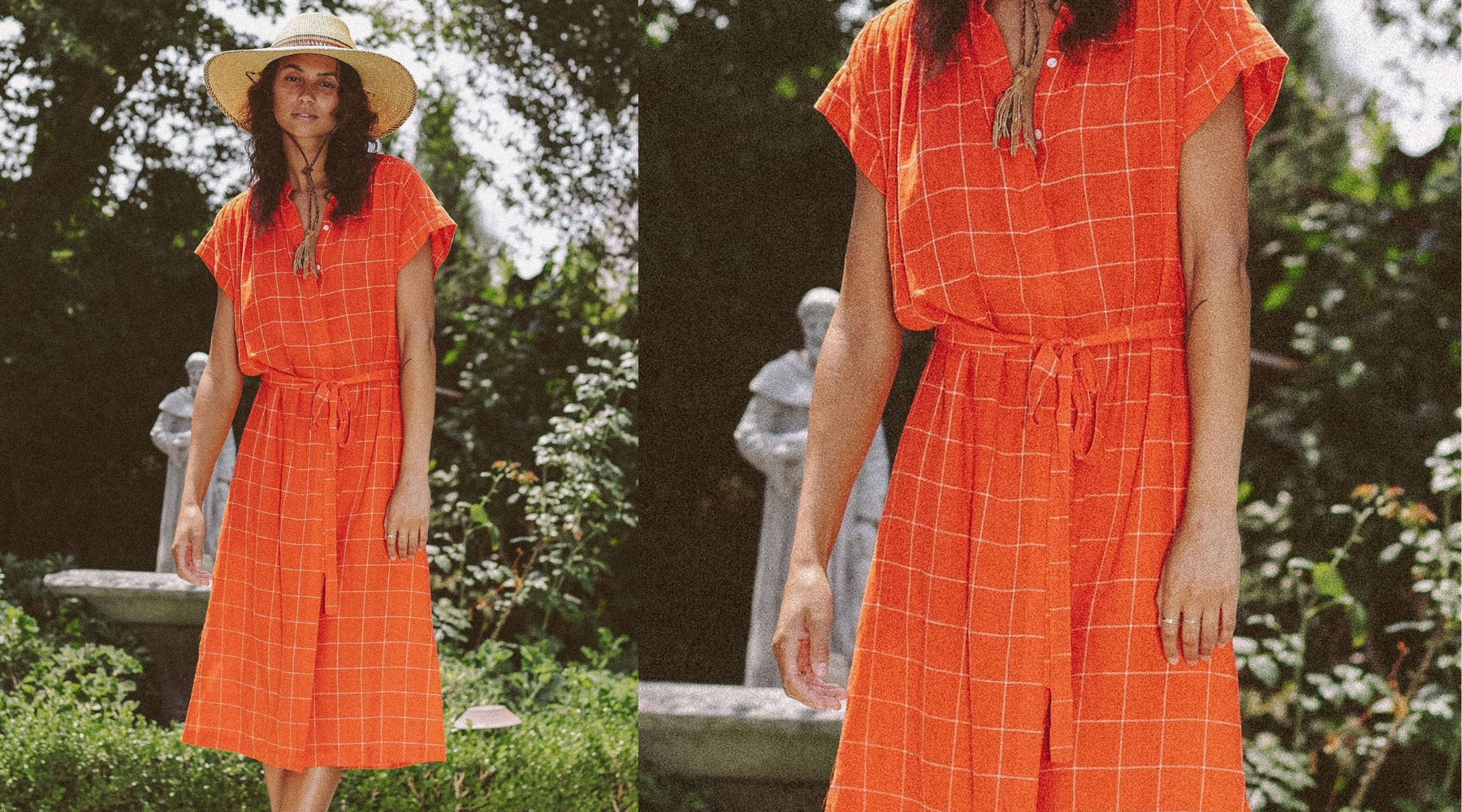
Behind the Scenes of Zero Maria Cornejo's Design Process and Commitment to Sustainability
In recent years, the fashion industry has been shifting towards more sustainable practices, and many designers are prioritizing eco-friendly materials and ethical production methods. One such designer leading the charge is Maria Cornejo, founder of the Zero Maria Cornejo fashion label. In this article, we take you behind the scenes of her design process and explore her unwavering commitment to sustainability.
From Chile to New York: The Journey of Maria Cornejo
Born in Chile and raised in England, Maria Cornejo's diverse background has always influenced her design aesthetic. After studying fashion at Ravensbourne College in London, she launched her first fashion label, "Richmond Cornejo," with fellow designer John Richmond in 1984. However, it wasn't until 1998 when she opened her design atelier in New York City, called Zero Maria Cornejo, which is her true passion for sustainability began to emerge.
The Zero Waste Philosophy
At the core of the Zero Maria Cornejo brand is the zero-waste philosophy. This entails using every scrap of fabric, employing local artisans and seamstresses, and adhering to environmentally friendly production practices. Maria Cornejo is committed to minimizing the environmental impact of her designs, which is evident in her choice of materials and production techniques.
Sustainable Materials and Practices
The Zero Maria Cornejo label is a pioneer in using eco-conscious materials like Tencel, a sustainable fabric made from eucalyptus wood pulp. This fabric is soft, durable, and has a minimal impact on the environment compared to traditional materials like cotton. In addition to Tencel, Cornejo also incorporates organic cotton, recycled polyester, and sustainable alpaca fibers into her designs.
Beyond materials, the label focuses on local production in New York City, where the majority of their garments are made. By keeping production close to home, the brand is able to minimize its carbon footprint and closely monitor working conditions. This commitment to local manufacturing also extends to collaborations with artisans from countries such as Bolivia and Peru, helping to support traditional craftsmanship and promote ethical labor practices.
The Design Process: Where Art and Sustainability Meet
Maria Cornejo's design process is characterized by her ability to merge her artistic vision with her commitment to sustainability. She begins each collection by sketching her ideas, drawing inspiration from her travels, art, and personal experiences. These initial sketches often feature organic shapes and fluid lines, reflecting her love for natural forms and her desire to create clothing that adapts to the wearer's body.
Once her ideas are on paper, Cornejo moves on to the fabric selection process. Here, she carefully chooses sustainable materials that align with her design vision and brand values. This often involves working closely with fabric mills to ensure that the materials are produced ethically and have a minimal environmental impact.
The next step in the design process is pattern-making. Cornejo and her team meticulously create patterns that maximize fabric usage and minimize waste. This can be a complex and time-consuming process, but it is an essential part of the brand's commitment to sustainability.
Once the patterns are finalized, the garments are brought to life by a team of skilled artisans and seamstresses in New York City. This local production not only helps support the local economy but also ensures that the garments are made under fair working conditions.
The Future of Zero Maria Cornejo and Sustainable Fashion
As the fashion industry continues to evolve and prioritize sustainability, Zero Maria Cornejo is well-positioned to lead the way. With a strong commitment to eco-friendly materials, ethical production practices, and innovative design, the label is paving the way for a more sustainable future in fashion.
To further their commitment, the brand plans to continuously explore new sustainable materials and production techniques. For example, they are currently researching innovative textiles such as vegan leather made from mushroom mycelium and fabric created from recycled ocean plastic. By adopting these cutting-edge materials, Zero Maria Cornejo aims to further reduce their environmental impact and inspire other designers to do the same.
Moreover, Maria Cornejo has expressed her desire to collaborate with other like-minded brands and designers to share knowledge and resources, fostering a collective approach to sustainability in the fashion industry. This collaborative spirit is essential for driving meaningful change and ensuring that sustainable practices become the norm rather than the exception.
Zero Maria Cornejo's design process and commitment to sustainability serve as an inspiring example for the fashion industry. By prioritizing eco-friendly materials, ethical production, and local manufacturing, the brand is demonstrating that it is possible to create beautiful, high-quality clothing without compromising the environment. As more designers and brands follow in Maria Cornejo's footsteps, we can look forward to a more sustainable and responsible fashion industry for years to come.


